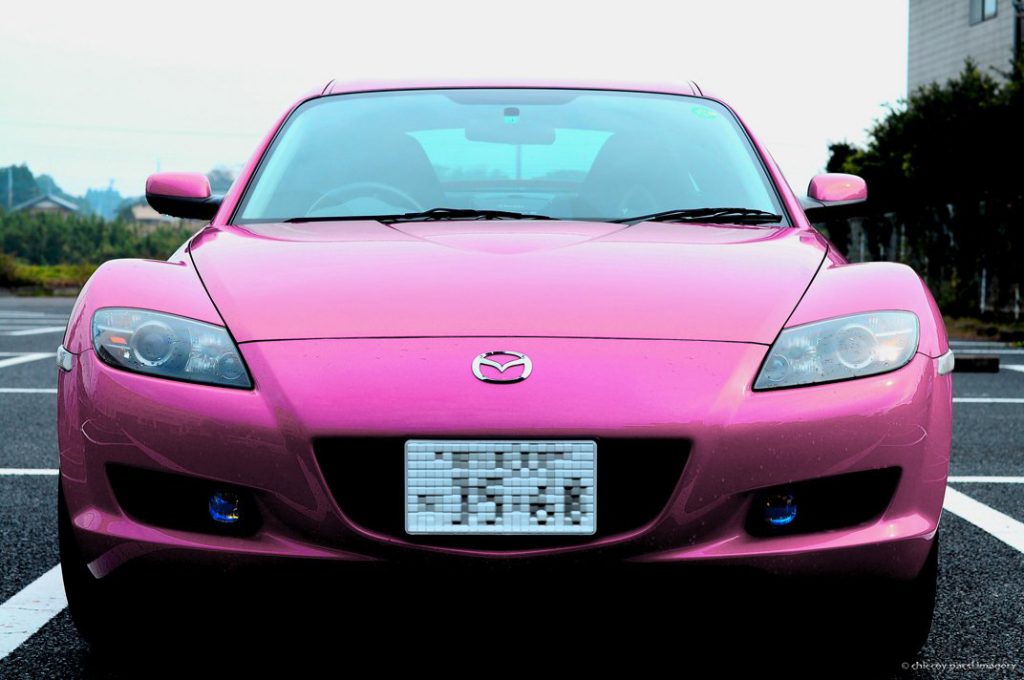Japan Driving: Rules of the Road in owning and driving a car in Japan
Japan features a very unique and special system for acquiring and using vehicles.
The JDM homeland of Toyota, Nissan, Honda, Mazda and other Japanese car manufacturers feature a combination of quality cars, a strict licensing process, and no-nonsense road rules to ensure driver safety and excellent vehicle condition.
1. The Rules of the Road
Vehicles are driven on the left side of the road and the steering is located on the right (RHD). You have to be at least 18 years old to drive. Rules, road signs and the like follow the international standard; with the signs on most roads in both English and Japanese. Drunk driving carries a heavy penalty (¥1,000,000), along with driving without a license (¥300,000).
Today is the day for a new start on Japan Partner history! Twitter here we go! #myfirstTweet pic.twitter.com/8dcnxclti4
— Japan Partner (@japanpartnerinc) March 19, 2015
Driving speed limits are 80km to 100km/h on expressways, 40km/h in urban areas, 30 km/h in small side-streets and usually 50-60km/h anywhere else. Road conditions are among the best in the world! Car breakdowns and road accidents are unusual and far-apart, as the norm in Japanese society is to abide by the law at all times. This formula offers a near certainty that Japanese vehicles, even if driven constantly, continue to be in a very good form even after years of use.
2. Licensing and Permits
Japanese nationals have to undergo a very strict process to obtain a driver’s license. Enrolling in a Driving school to have proper instruction by an accredited institution is necessary. The licenses fall under the purview of the Japanese Police, so the extra scrutiny and attention is a given.
Foreigners are able to drive if they have an International Driving Permit (IDP) but only for a year, even if the issued IDP is still valid for a longer period. With some other countries whose IDP’s are not recognized by Japan, if staying the country for longer than a year, it is required to obtain a Japanese driver’s license.
some newly arrived sweet #toyotasupra ass for all y’all! good morning from japan! pic.twitter.com/kH0SpEA6z1
— Japan Partner (@japanpartnerinc) April 23, 2015
Driving penalties are handed out by the police depending on the road violation, and are deducted from the total points given to the license. This rule guarantees that people driving on the road tend to be more careful than reckless so they don’t lose points and have their license revoked!
It is worth mentioning that a driver’s license in Japan not only entitles you to be able to use a car or vehicle, but also serves as a ‘police certificate’ of sorts. When applying for loans or doing monetary transactions, having an issued license is sometimes a prerequisite and becomes a factor in the approval and processing.
3. Buying your very own JDM car for use in Japan
There are two major classifications of vehicles in Japan: regular and light (keijidosha) cars; both have different taxes and regulations. Light cars with yellow license plates have smaller engine displacements (660cc max), which need to conform with restrictions in power, weight and size. On the other hand, they enjoy some toll and tax breaks, along with a more relaxed regulation for ownership that makes them inexpensive and easier to own than regular cars (white license plates).
top secret mod r32 @japanpartner #skyline #r32 pic.twitter.com/KnnOuQrfQB
— Japan Partner (@japanpartnerinc) April 27, 2015
The shaken is a compulsory inspection for safety, which vehicles have to undergo every two years, except for brand-new cars where the first inspection is not needed until three years after purchase. Shaken costs around ¥100,000 to ¥200,000, not including the actual inspection fee and maintenance charges done on the vehicle. The very strict and rigorous process is an actual test of road-worthiness; vehicles which are driving on the road are made sure to follow the highest standards.
Japan is one of the most safest countries to be driving in the world. The tandem of having a very disciplined populace behind the wheel and the quality checking of vehicles prior to be authorized on the road is a surefire way to guarantee a sound and enjoyable driving experience!
still cant get enough of this #toyotasupra @japanpartner pic.twitter.com/8B1KG7b2q5
— Japan Partner (@japanpartnerinc) April 23, 2015










It seems like it is quite expensive to own a car in Japan…
that actually depends! if you are looking to buy a used vehicle, which many people do, the car auctions offers lots of varying prices to one’s preference.
What happens when a vehicle hits 100,000kms mileage in Japan. Are there rules on this.
Regards
Tony